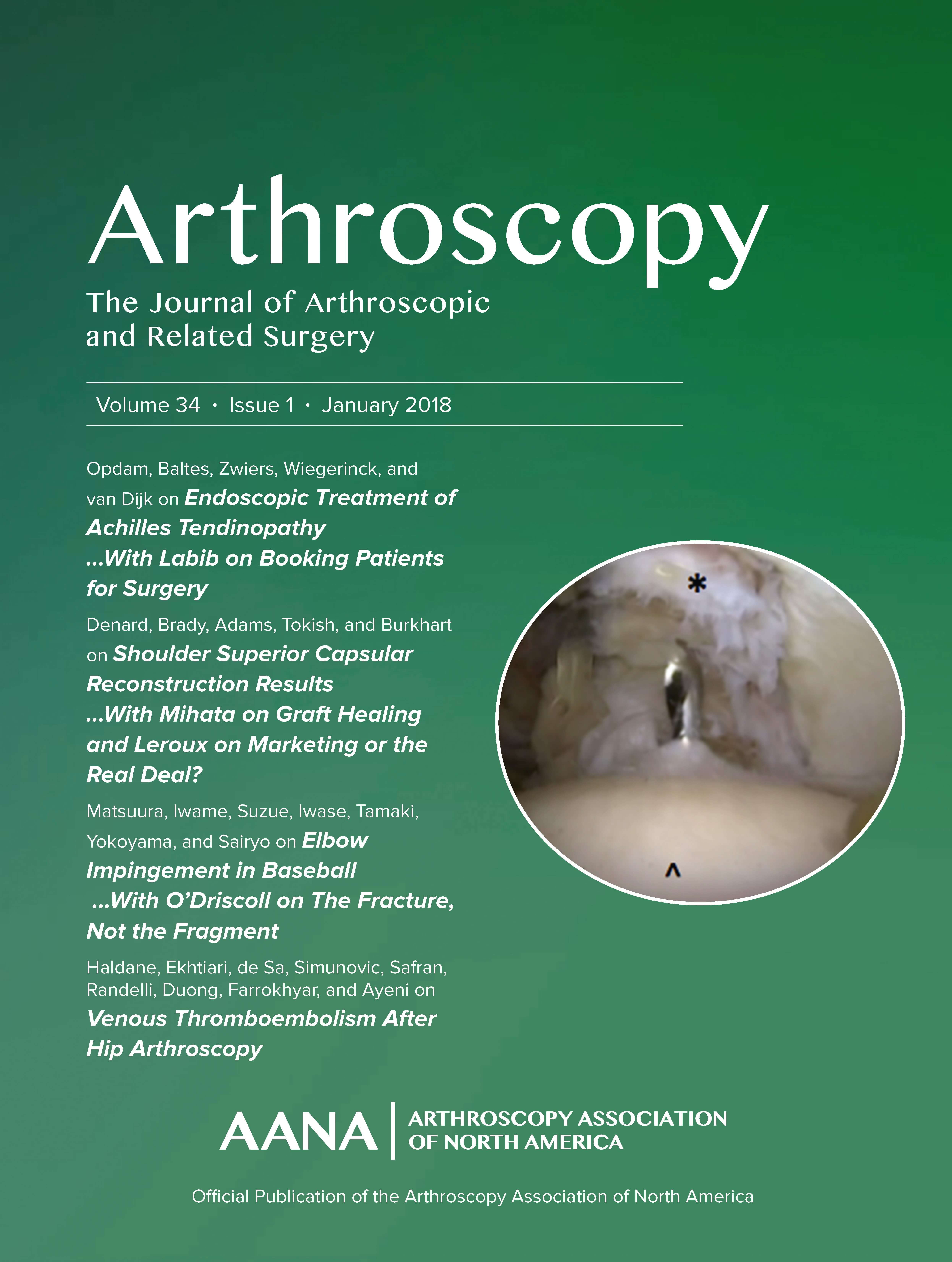
Arthroscopic versus Mini-Open Rotator Cuff Repair in Small to Medium-Sized Tears

Arthroscopic versus Mini-Open Rotator Cuff Repair in Small to Medium-Sized Tears
Clinical Outcome in All-Arthroscopic Versus Mini-Open Rotator Cuff Repair in Small to Medium-Sized Tears: A Randomized Controlled Trial in 100 Patients With 1-Year Follow-up
Arthroscopy. 2013 Feb;29(2):266-73. doi: 10.1016/j.arthro.2012.08.022. Epub 2012 Dec 1Did you know you're eligible to earn 0.5 CME credits for reading this report? Click Here
OE EXCLUSIVE
Dr. Peer van der Zwaal speaks about the use of arthroscopic versus mini-open rotator cuff repair in small to medium-sized tears.
Synopsis
To compare two surgical techniques, 100 patients with full thickness small to medium-sized tears were randomized to either all-arthroscopic (AA) or mini-open (MO) rotator cuff repair. A year after surgery, functional outcome, pain, range of motion, and complications improved for both groups with no statistical difference between them. Patients benefited sooner (6 weeks) with the arthroscopic proce...
To view the full content, login to your account,
or start your 30-day FREE Trial today.
FREE TRIAL
LOGIN
Forgot Password?
Explore some of our unlocked ACE Reports below!

Learn about our AI Driven
High Impact Search Feature
Our AI driven High Impact metric calculates the impact an article will have by considering both the publishing journal and the content of the article itself. Built using the latest advances in natural language processing, OE High Impact predicts an article’s future number of citations better than impact factor alone.
Continue



 LOGIN
LOGIN

Join the Conversation
Please Login or Join to leave comments.